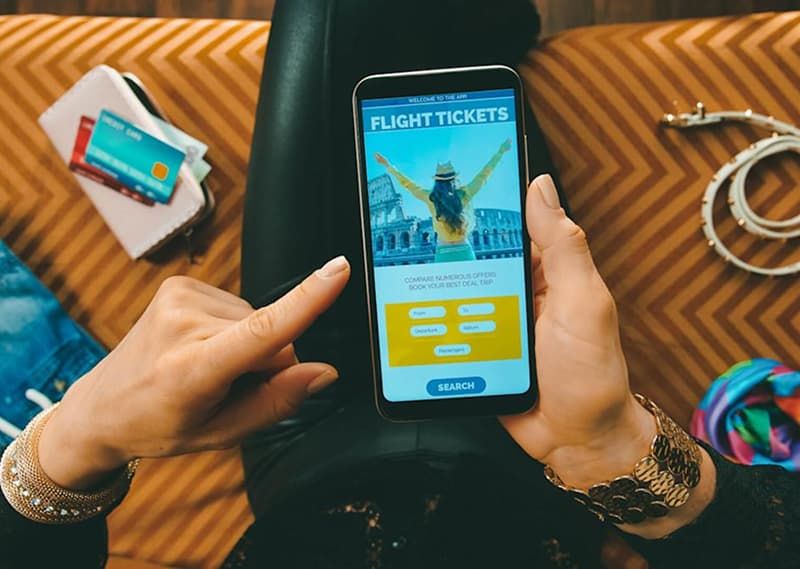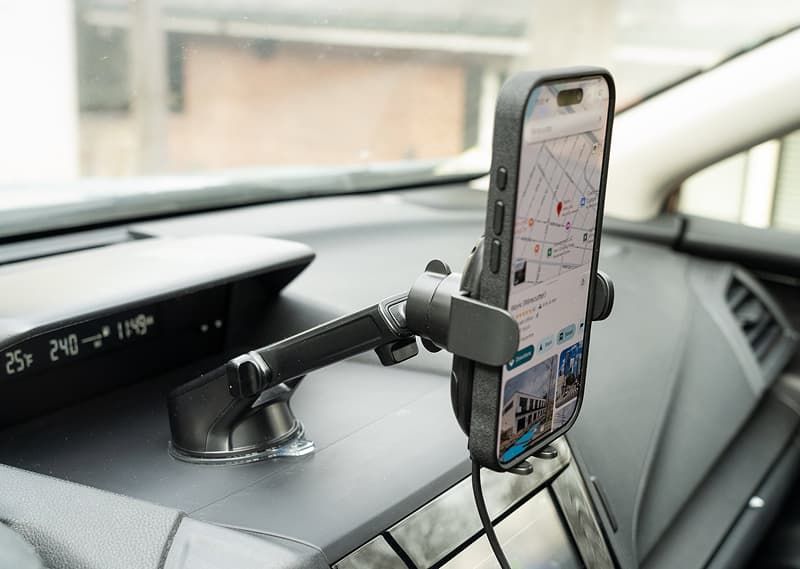7 Sneaky Fees That Add to Your Ticket Cost
Sitting in a seat of a low-cost airline always looks like an example of saving money — the ticket is purchased for a negligible price. However, passengers soon discover that the cheapest ticket is only the start. What lies in the wings are layers of concealed fees and charges that sneakily push the ultimate cost way beyond expectations. An awareness of these add-ons is essential to comprehend the actual degree to which “budget” your budget flight really is.

First, the baggage fees can dramatically alter your travel budget. Most low-cost airlines have very inexpensive base fares but exclude checked luggage altogether. Even carry-on bags, if slightly more voluminous or heavy than the airline’s stringent allowance, will trigger extra charges. For example, some cut-rate airlines charge exorbitant fees for checked luggage that range from $30 to $50 per flight leg — round trip and it more than doubles your bill. Furthermore, certain airlines have carry-on bag charges for overweight or oversized bags, which means passengers have to pay for what they thought was going to be an overhead bin freebie. This is a scam that takes advantage of the assumptions of passengers, making the “cheap” ticket deceptive if you pack anything more than a personal item.
The second hidden cost is at seat selection. In contrast to major carriers, low-cost airlines tend to charge extra for choosing a seat off of the base ticket price. If you require a window or aisle, or want to sit together with your significant other, expect to pay — sometimes as much as $20 to $40 per flight segment. If you don’t choose, you’ll receive an assigned seat, which could be awkward or separate groups and families. This fee usually comes as a shock to tourists at booking or at check-in time, a sharp difference from the complimentary seat assignments provided by conventional airlines.
Priority boarding and speeded-up check-in services provide the third cost trap. Low-fare airlines take advantage of the need of passengers to hurry to the aircraft or not to queue in a long line by imposing an additional fee on cover amenities on priority boarding or a personal check-in counter. These fees vary between 10 and 30 dollars, and they accumulate quickly in case of a group travel. Although these are voluntary, an overcrowded boarding is stressful without priority boarding — troubling travelers into paying to save time. This allows low-cost airlines to upcharge their “cheap ticket” tickets and capitalize on simple amenities.
Charges for snacks and beverages on board represent the fourth important concealed cost. Whereas in most full-service airlines a meal and snacks come at no additional cost, budget airlines treat food and beverages as totally separate and autonomous purchases. A plain bottle of water or a cup of coffee will be between $3 to $5 each, and snacks will probably cost the same, negating whatever so-called savings is gained from the cheap ticket. This fee is more than an inconvenience — on long-distance flights, the passenger is often driven to buy something, adding to overall trip expenses unexpectedly.
A fifth hidden fee is the payment processing fee. All the low-cost airlines apply extra fees depending on the mode of payment. It has a 2-5% surcharge on the fare if you pay by credit cards, especially international ones. It is not always apparently disclosed but applied during checkout, increasing the ultimate price of the ticket. Cash transactions or some local payment systems may get around this, but they are not necessarily convenient and practical for all traveling. These charges take advantage of the payment system to generate more income without being detected.
The change and cancellation fees are another expensive trap. Low-cost carriers impose rigid, high fees for any itinerary change, even imposing up to $100 or higher for a change, far above most legacy carriers’ standard charges. Even minor changes such as date changes for a return flight can be outrageously costly. Most passengers overlook these conditions upon reservation, only to incur heavy fees upon changes in plans, making what may seem flexible, rigid and costly.
Finally, the airport and departure charges can add more to the bill than most people anticipate. Low-cost carriers tend to fly from secondary airports that, as cheap as they are for the airline to utilize, might be expensive to reach by passengers or increase travel time. Some airlines also include required airport fees in tickets but break them down as “taxes and surcharges” so that prices advertised remain low. The total impact is that passengers end up paying much more to finally leave from or arrive at these secondary airports, making up the initial discount on the ticket.
 Disclaimer:
Disclaimer:
The content provided on our blog site traverses numerous categories, offering readers valuable and practical information. Readers can use the editorial team’s research and data to gain more insights into their topics of interest. However, they are requested not to treat the articles as conclusive. The website team cannot be held responsible for differences in data or inaccuracies found across other platforms. Please also note that the site might also miss out on various schemes and offers available that the readers may find more beneficial than the ones we cover.
Featured Articles
-
 Automotive
AutomotiveThe Best Car Gadgets to Give Your Driving Experience an Edge
-
 Automotive
AutomotiveA Down-to-Earth Guide for Checking Tread Depth and Why It Matters
-
 Travel
TravelWhy Travel Insurance is a Vital Investment for Travelers Today?
-
 Travel
TravelMastering the Art of Finding the Best Fishing Spots
-
 Automotive
AutomotiveThe Ultimate Guide to Finding Your Vehicle with a Smartphone
-
 Home & Garden
Home & Garden6 Smart Devices That Need Alexa for a Smarter Home Life




